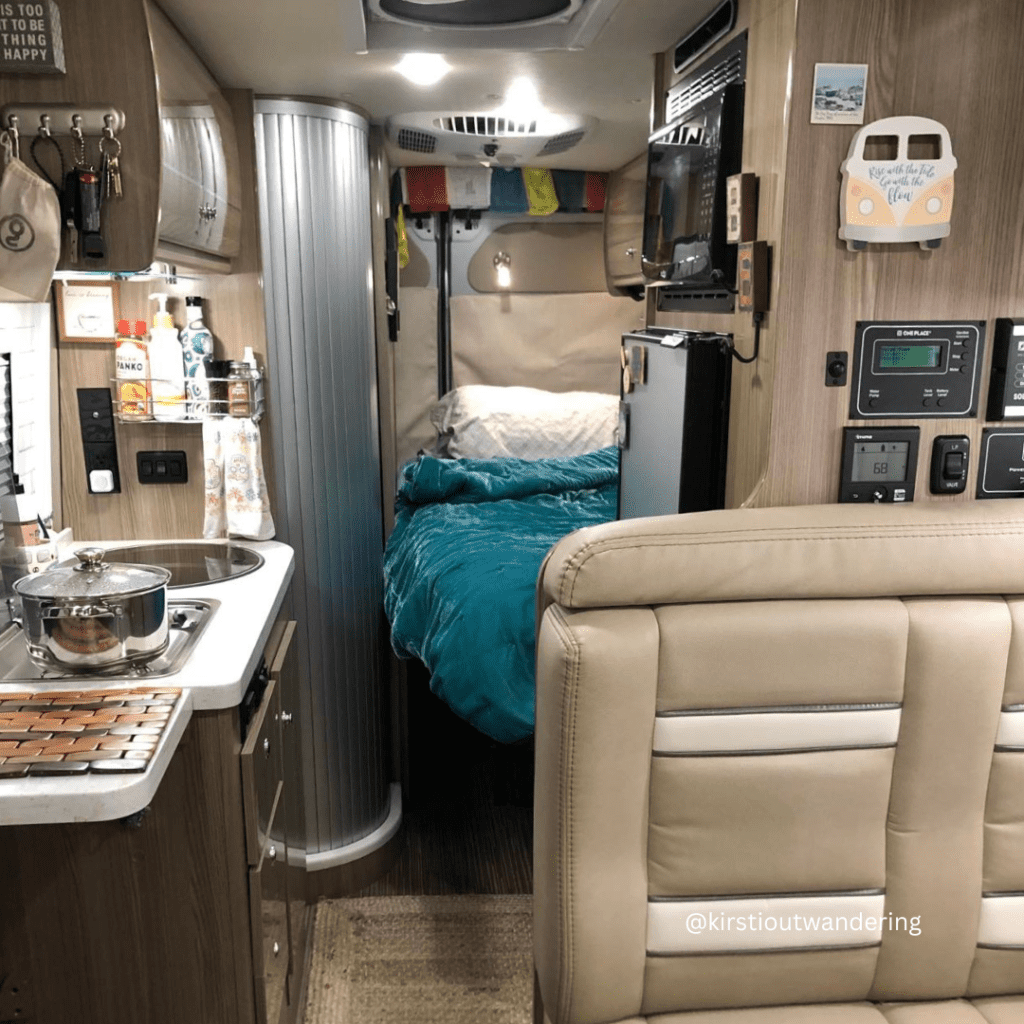Minimalist Living: Ideas For Living The Tiny Home Life
Home. It's a place where we are always welcome; this feeling also encompasses living the tiny home life.
In this article, we explore alternative lifestyles for simpler living with less space but with all the comfort and convenience of the traditional home concept.
The tiny home life can be found in many ways; let's get started.
How Would You Define "Home"?
First, let’s consider what home is. The concept of a home is a vague one. Does it mean how many square feet you have? A large living room? Three bedrooms? Two garages? A white picket fence, perhaps? Are all of these spaces filled to the brim with stuff? Is this what defines a home for you?
As the dictionary defines it, the meaning is “relating to the place where one lives.” But stepping outside the metaphorical box, taking that thought a little further, home is a state of mind.
Intangible feelings are associated with home, such as peace, joy from family, and a welcoming environment.
Home can be where dreams become our reality. It could be where we start and raise a family. Comfort and safety can also be associated with home.
In essence, a home is a place where we are always welcome.
Home is the base where everything begins.
Kelly | Habitat for Humanity.

Living A Minimalist Lifestyle
The minimalist living movement has existed for a while but has gained much traction recently. This simplicity is defined by a lack of clutter, white space, and geometric shapes.
A minimalist lifestyle seeks beauty in function, removing all unnecessary elements and letting its function dictate its form. Objects designed using minimalism are reduced to their bare essentials.
The tiny home life embraces simplicity, minimalist design and innovation.
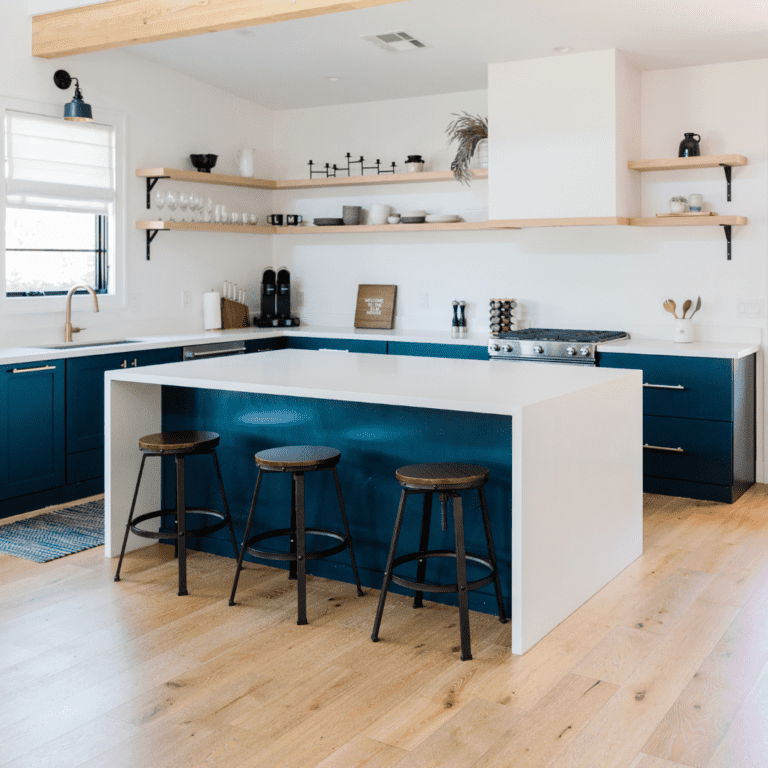
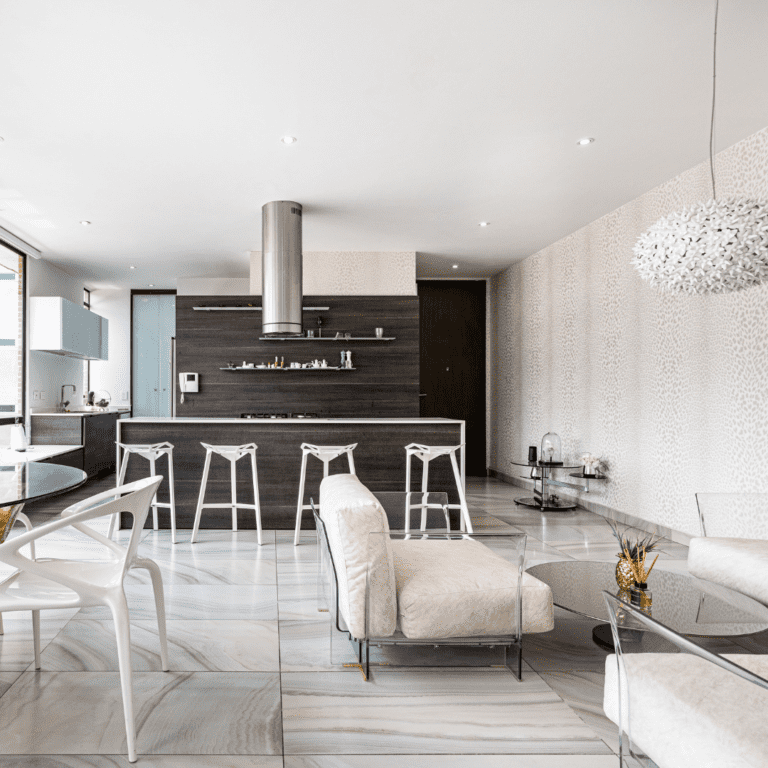
The Tiny House Movement: When Did It Begin?
As a result of natural disasters such as Hurricane Katrina and the housing market collapse in 2008, many people, specifically young people in the United States, were left in a position where they could not afford to buy a house.
The result? People began building smaller dwellings to meet the growing demand for affordable housing, which led to the start of the tiny house movement.
Ideas For Living The Tiny Home Life
When you live a minimalist lifestyle, you keep everything simple and eliminate what doesn’t serve you. Creating an intentional life that removes unnecessary items leads to greater freedom and fulfillment than a cluttered, materialistic or overly busy one.
The concept of simple living is about living with purpose and using your time and belongings wisely. The goal is to let go of unnecessary wants and balance activities, mindset, and possessions with what’s most important.
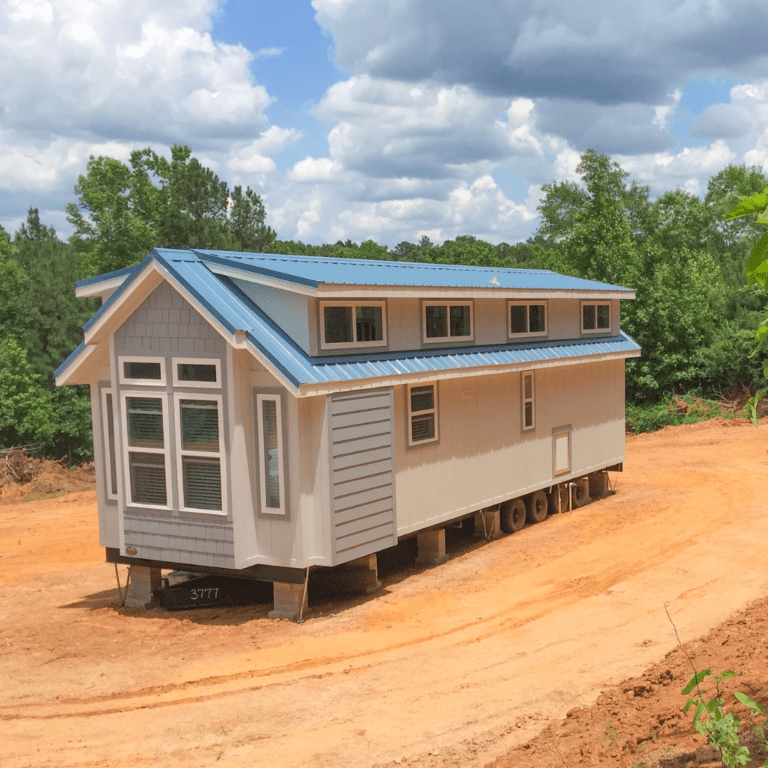
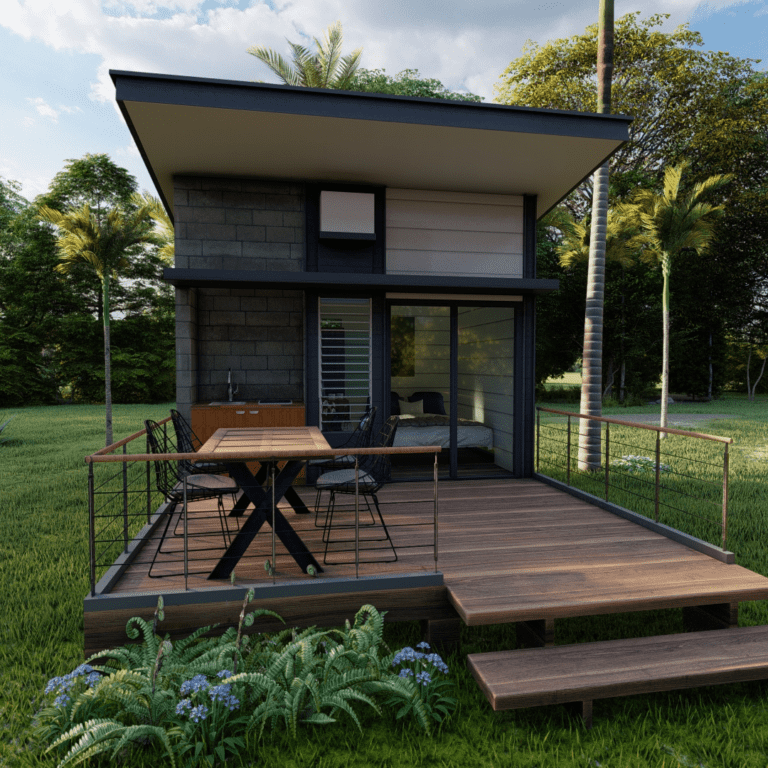
Living The Tiny Home Life In Tiny Houses
Tiny homes promote minimalist living. Built to last as long as any standard house, they are also low maintenance.
A tiny house is generally a small, portable dwelling with a minimalistic design. According to the real estate code n the United States, it must have a floor area of less than 400 square feet, excluding lofts.
Due to their compact sizes, modern tiny houses are built to maximize storage space. They should be sustaining and function as someone’s full-time residence.
In alignment with keeping it simple, tiny houses are made to feel bigger with white walls and large windows that allow plenty of natural light. Using architectural movement through horizontal lines, a tiny home builder will highlight available space and take your new home to the next level.
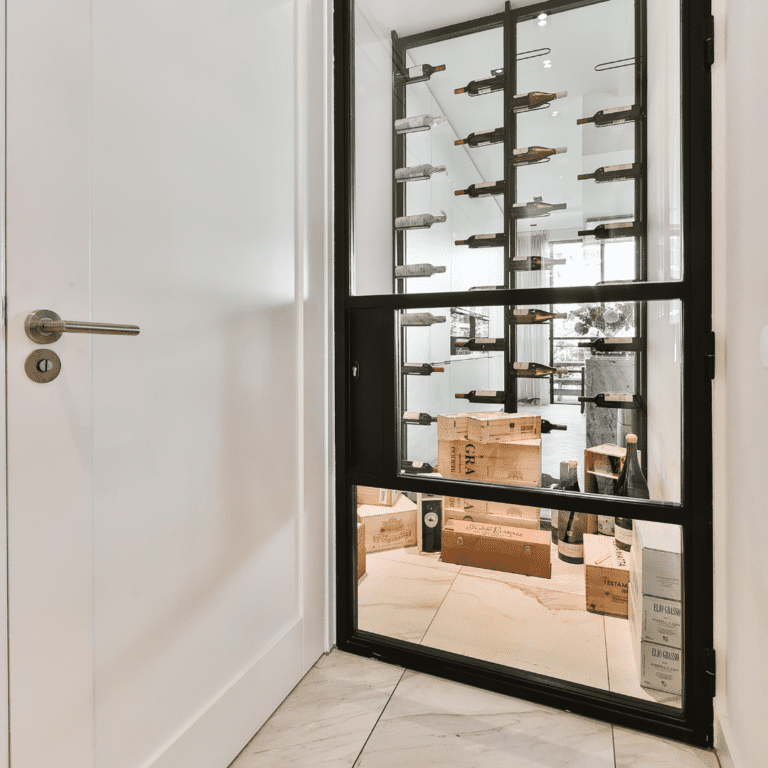
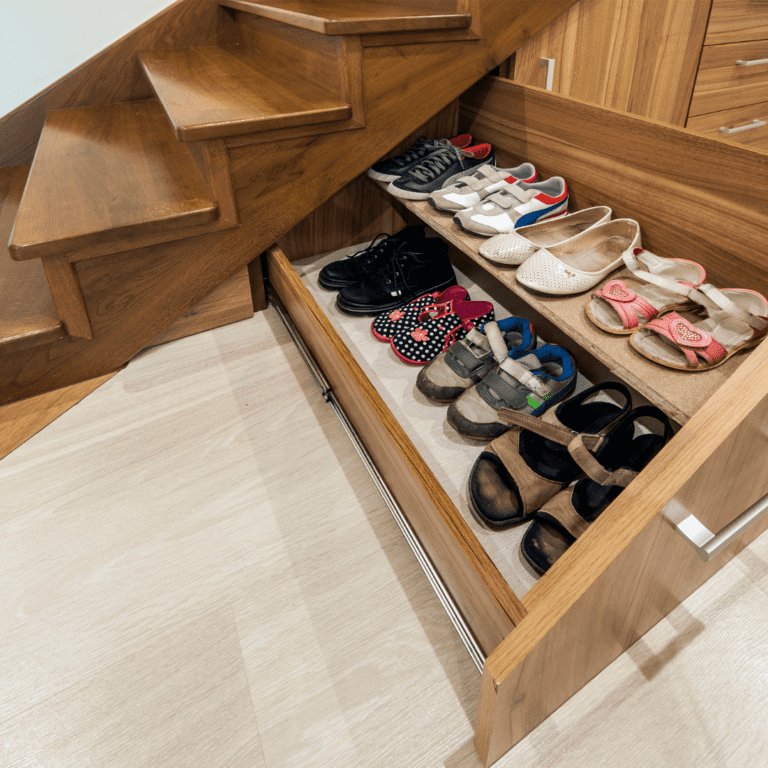
Organize your tiny home with hidden storage ideas.
Builders utilize every space-saving opportunity in tiny houses. They are designed with plenty of storage by transforming stairs into a closet and adding drawers under the steps, for example.
And there are plenty of ways to give your belongings a place without making a tiny home feel cluttered. For example, pull-out drawers are hidden under the floors or living room seating. Hidden shelves for a pantry, hide-e-holes behind pictures, and extra storage in functional furniture like an ottoman are excellent ideas.
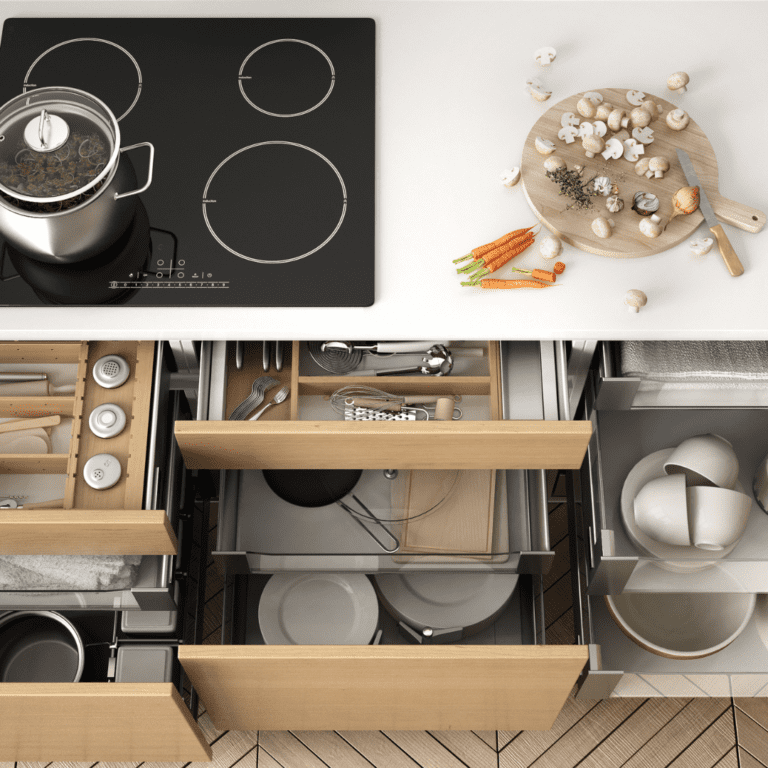
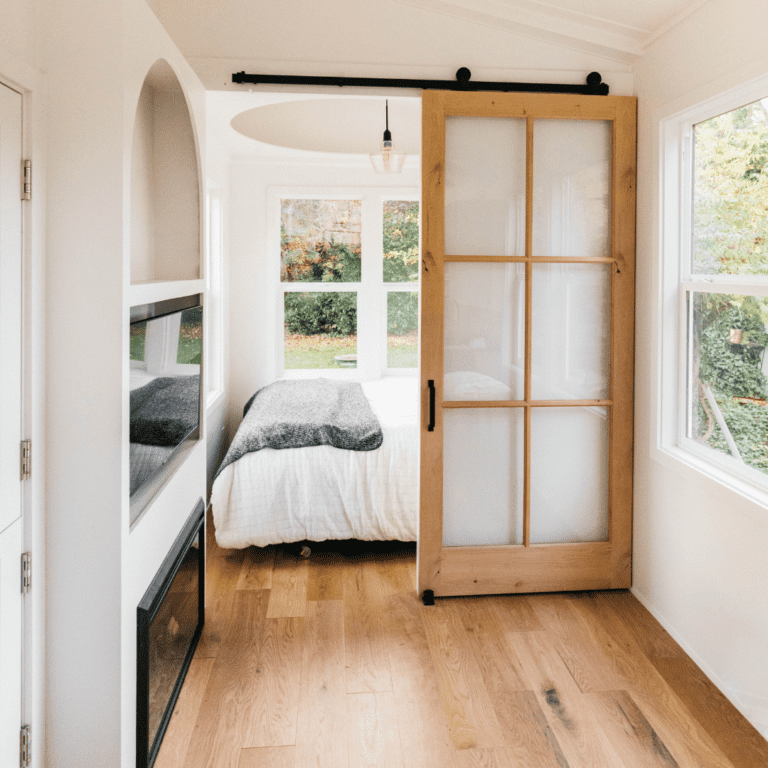
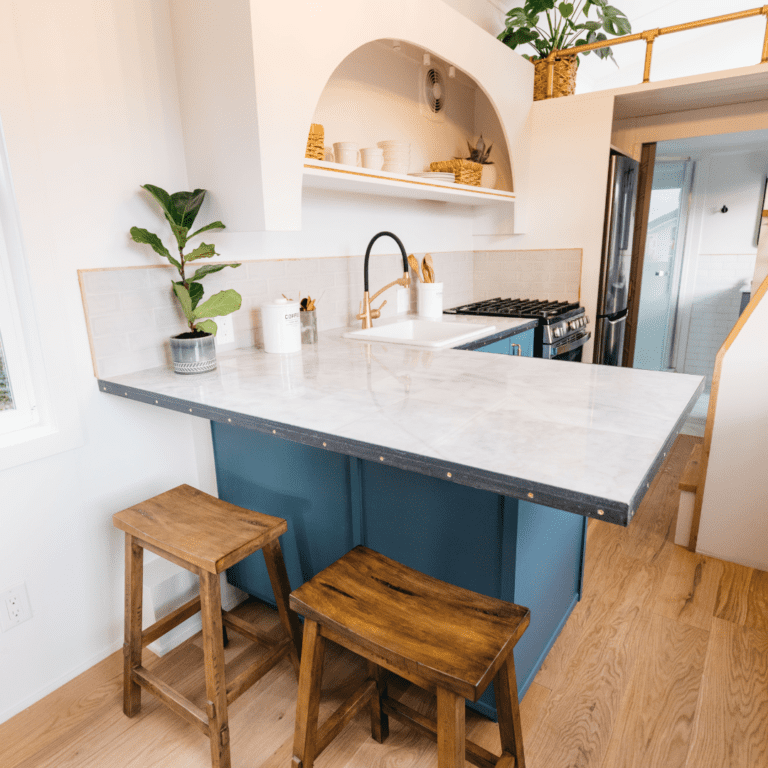
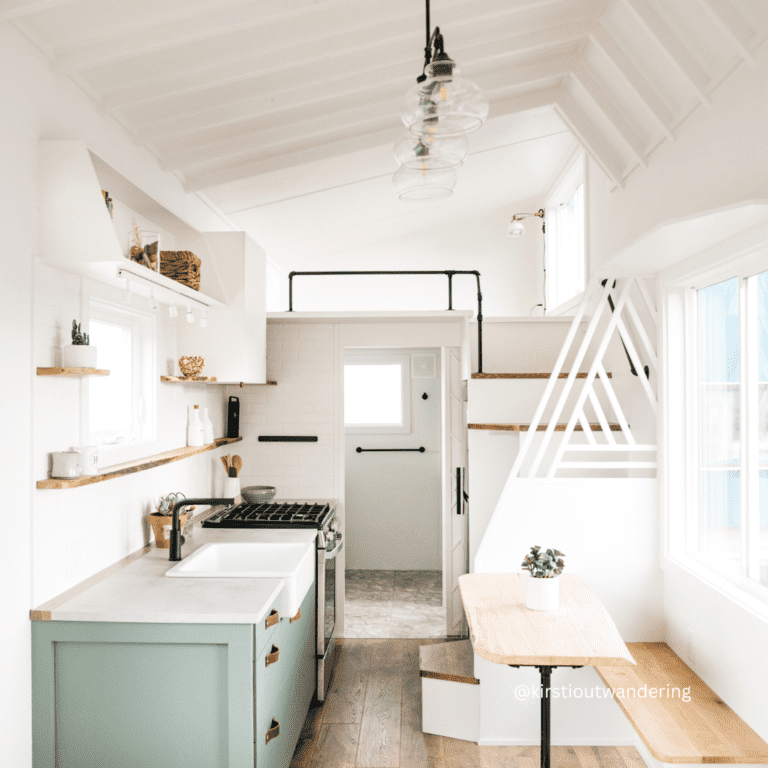
Minimalist Design In A Tiny Home Kitchen
The minimalist kitchen feeds effortless living.
The goal is to use your space best, and a galley or corridor layout is a popular simple kitchen design. There are working areas with cabinets and countertops on either side of the walkway.
There will also be decreased expenses and electricity consumption since fewer cooking appliances will be needed.
Living a minimal life doesn’t mean going without. In fact, it’s just the opposite. We can live our best lives when our minds are fresh and free from unnecessary clutter. Even something as simple as paring down our wardrobe will help.
Are you curious to learn more about minimalist living and explore more ideas for living the tiny home life? Follow #tinyhome on Instagram for beautiful photos and other inspiration.

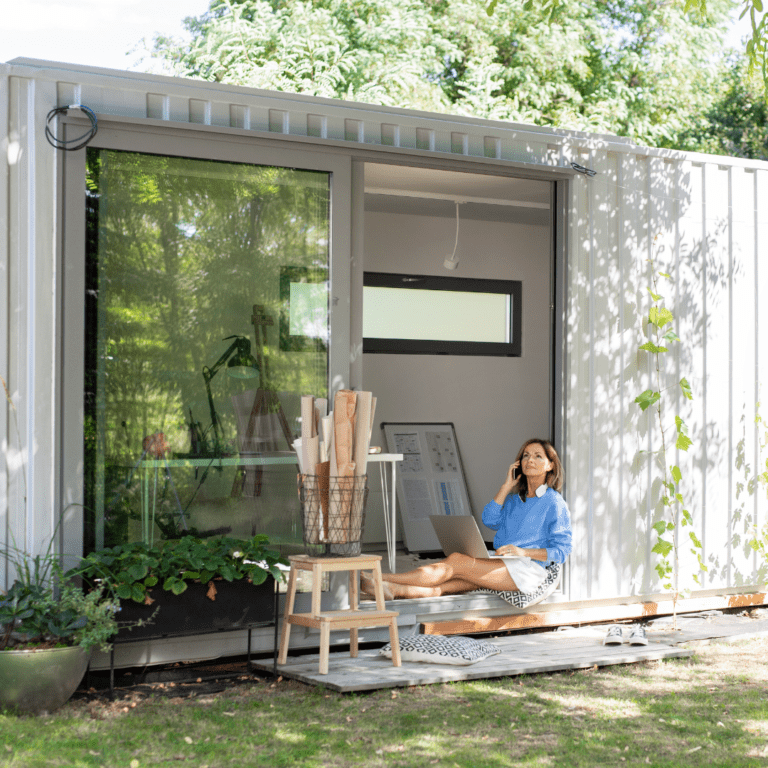
Living The Tiny Home Life In A Container Home
The container home is a reimagined living space built from a standard shipping container.
With the addition of one or more containers, this type of dwelling can be wider or taller and then adapted to include most of the features of typical living space. But keep in mind, to remain a tiny home, it would need a floor area of less than 400 square feet.
Shipping containers are made of durable, heavy-duty, corrosion-resistant steel, are built for holding large amounts of cargo, and usually have a lifespan of around 25 years.
The average cost of a container home is $15,000-$50,000 plus the land expense, significantly less money than building a traditional house, which is more than half a million dollars to date.
Creating a container home is as unique as your needs and is a great way to experience tiny home life. There are endless possibilities for clever design of your sleeping area, kitchen, living space and more.
Follow this rabbit hole on Instagram with #containerhome. You will be inspired to consider this type of tiny living for sure.
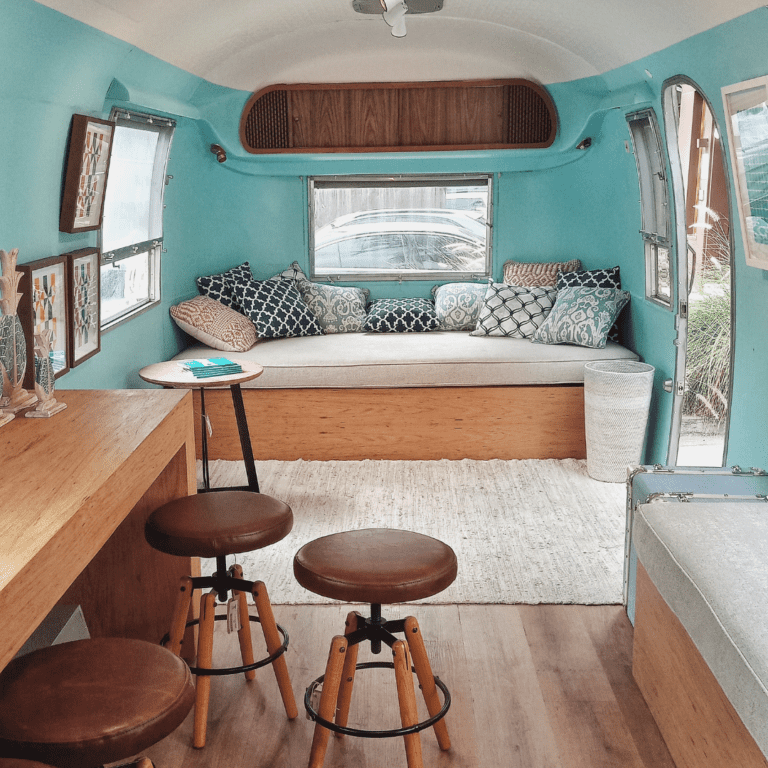
Living The Tiny Home Life In A Schoolie
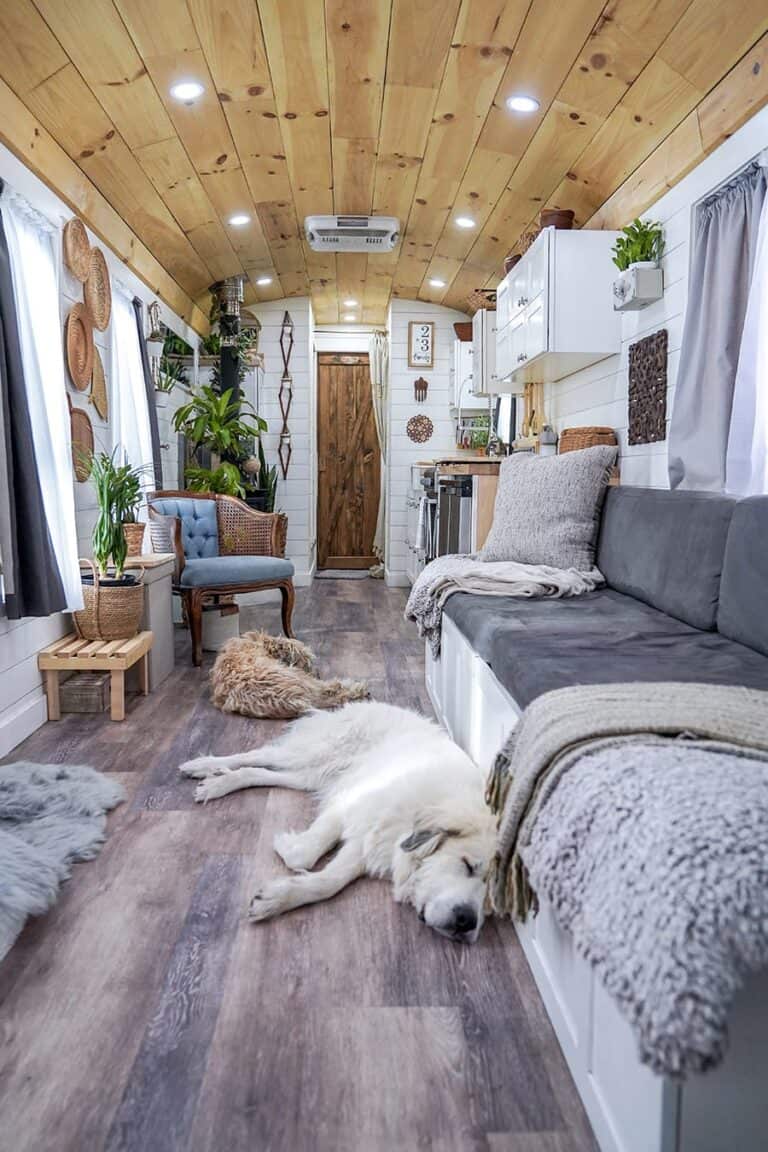
Looking for another way to ditch traditional houses for a tiny living? Think school bus.
Skoolies are school buses that have been converted into tiny homes on the inside and retain their bus exterior. For less money than you think, a 17-45 foot school bus can be converted to a tiny home on wheels.
A cross between a tiny house and an RV, this modern living space variation has many clever design opportunities to decide on. Another benefit, you don’t need an additional vehicle to tow it.
Skoolies are more than just converted buses – they are a definite lifestyle! For more photos and build-out information, follow #schoolie on Instagram.

Living The Tiny Home Life With Van Life
What Is Van Life?
It might be apparent that “van life” refers to living in a van, but the lifestyle goes much deeper.
By living in a van as their permanent residence, van dwellers or nomads, as they are called, can travel the world at their own pace; they have the added benefit of living a more simple life.
This lifestyle is approached differently by everyone. Some nomads live full-time on the road; others only live there on weekends and holidays.
Some live alone, and some have their entire families with them. Some prefer to boondock entirely off the grid, while others prefer campsites. Either way, it’s liberating.
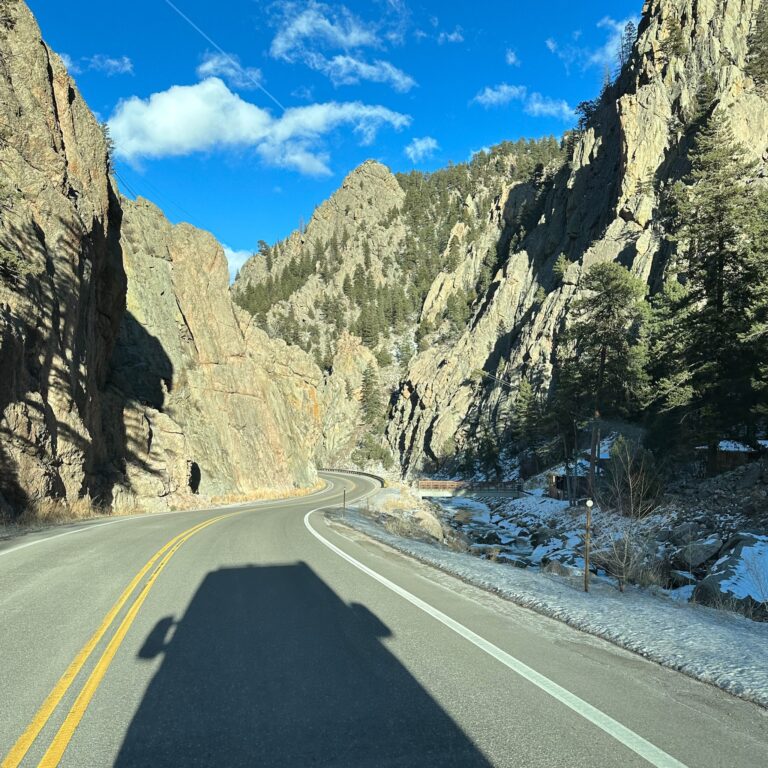
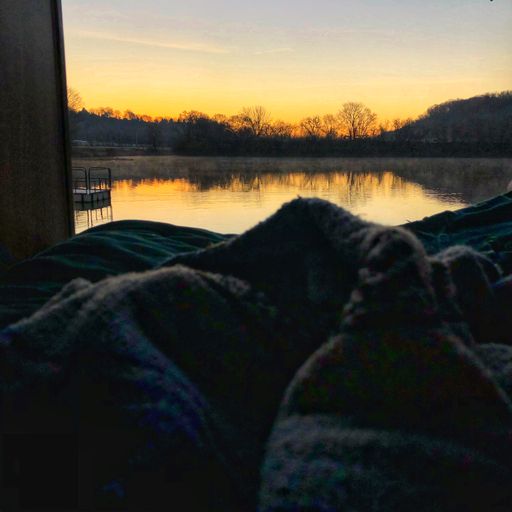
What makes Van Life so unique?
In addition to embracing minimalism, limiting their carbon footprint, avoiding traditional jobs, and pursuing their passions, those who have adopted van life did it for various personal reasons.
Van life is a great way to find your own path. During the middle of the week, what if you wanted to hike somewhere in the great outdoors?
When you’re a van lifer, you’re free to go on an adventure or visit a destination you’ve always wanted to see without having to set a schedule. You’re not locked into a lease or mortgage and can spend more time with your family and doing things that light you up.
Van Life: A Modern Trend In Tiny Living
Van living forces you to focus on what’s important to you and reduce things you don’t need. The limited space inside a van makes it harder to impulse buy or onboard items in quantity. As a modern trend, living minimally is about removing unnecessary things and living with just what you need.
It isn’t a new idea but a concept as old as humankind: nomadic living. Follow #Vanlife on Instagram for excellent photos, stories and inspiration for clever designs for this type of tiny living space.
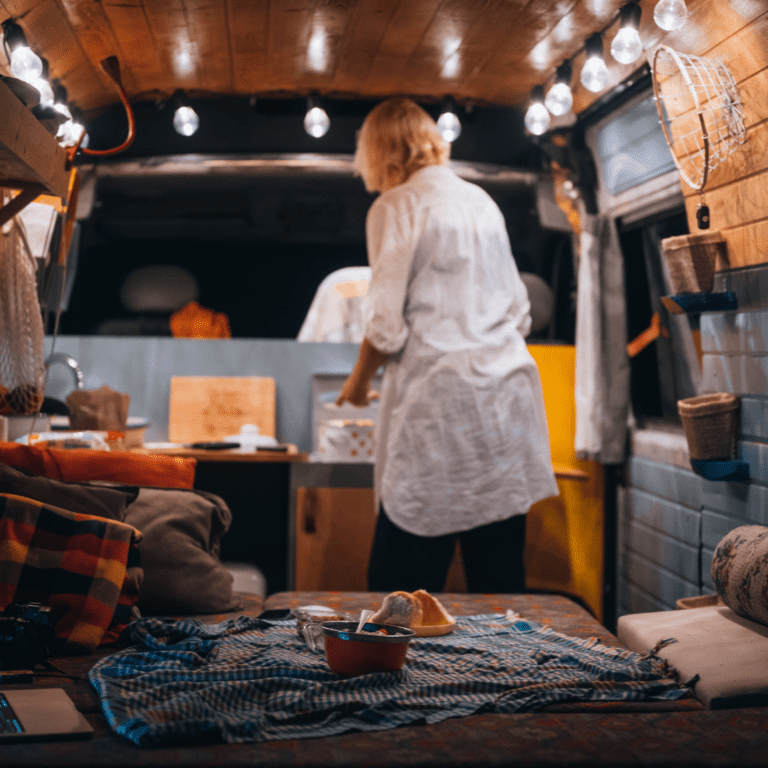

Living The Tiny Home Life In A Yurt
Yurts combine the tent, hut, and tiny house worlds into one round structure. They are becoming increasingly popular as glamping accommodations.
Ancient nomadic people in central Asia used these portable shelters thousands of years ago. Yurts usually have one room (though they may have multiple rooms in more modern layouts) are one floor and are covered with fabric on the outside.
Modern yurts are typically built on wooden platforms and use contemporary materials such as wooden or metal framing, canvas or tarpaulin out walls, Plexiglas domes, wire rope, etc. The walls of many modern yurts will also be insulted in cold climates.
As permanent dwellings, this makes them a popular option for those who wish to live in a unique house or for year-round minimalist living. In addition to being more environmentally friendly than camping and RVing, they’re better suited to minimalist, unique or mobile lifestyles.
National Geographic has an excellent article describing how to erect a traditional yurt to which way the door should face.
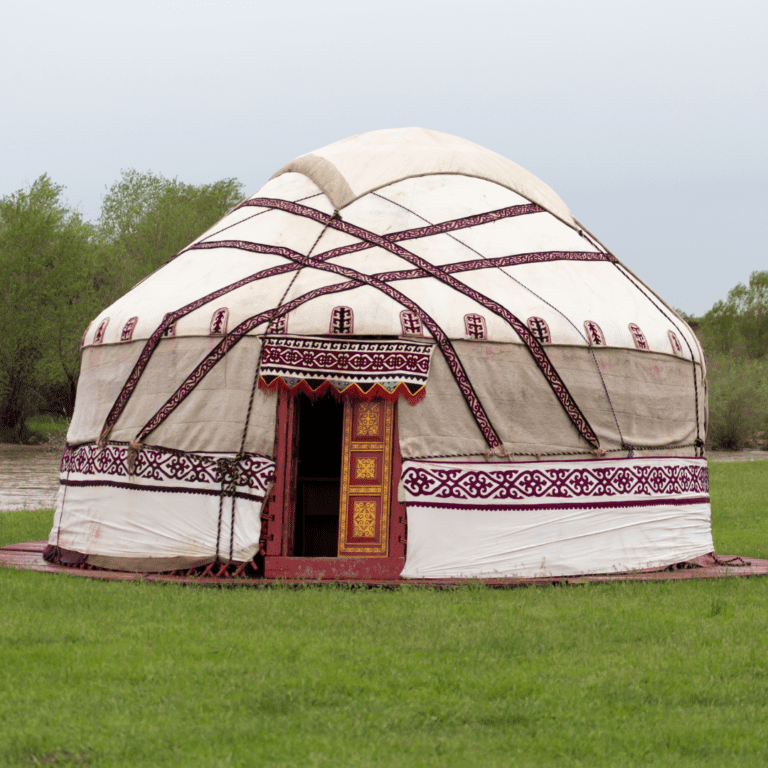
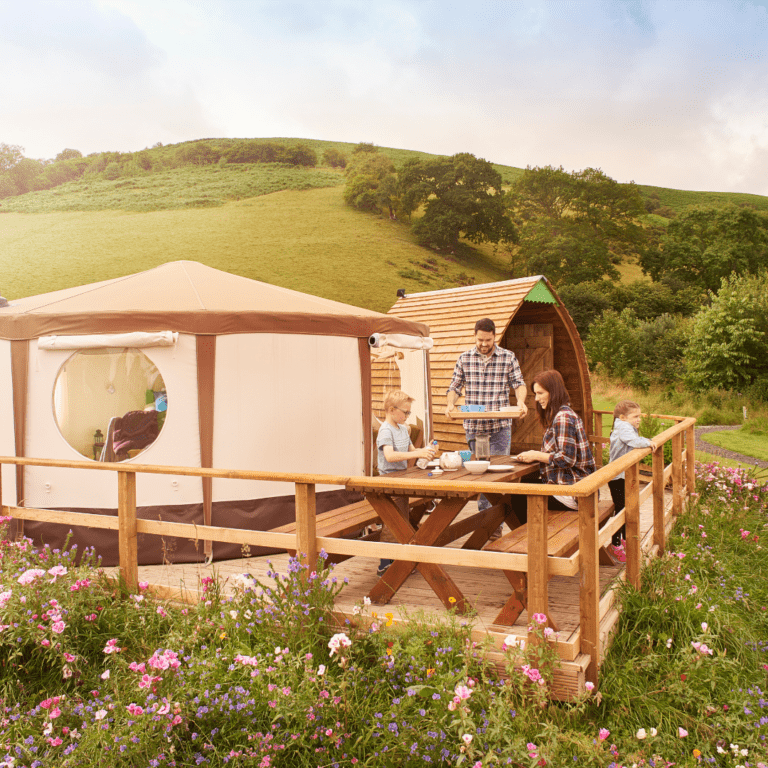
So Is Living The Tiny Home Life For You?
Traditional ways of living have been changing over the past few decades. As a result, the idea of a white picket fence is being challenged. People are seeking a simpler lifestyle to meet various changing needs and motivations.
In most decisions to investigate tiny home living, the common theme is minimizing – from clutter, spending, accumulating or reducing our environmental impact.
Of course, these alternatives to the traditional home have many advantages. But, there are also disadvantages. This article aimed to introduce you to the concept of tiny home living. Do your research.
Experience living the tiny home life firsthand. Test them out by renting or staying your first time in a tiny house with the help of Airbnb.
Let me know in comments if this article helped you get a better sense if the tiny home life is something you are seriously considering. And, I would love to hear from you along your journey. Please email me with your story!

